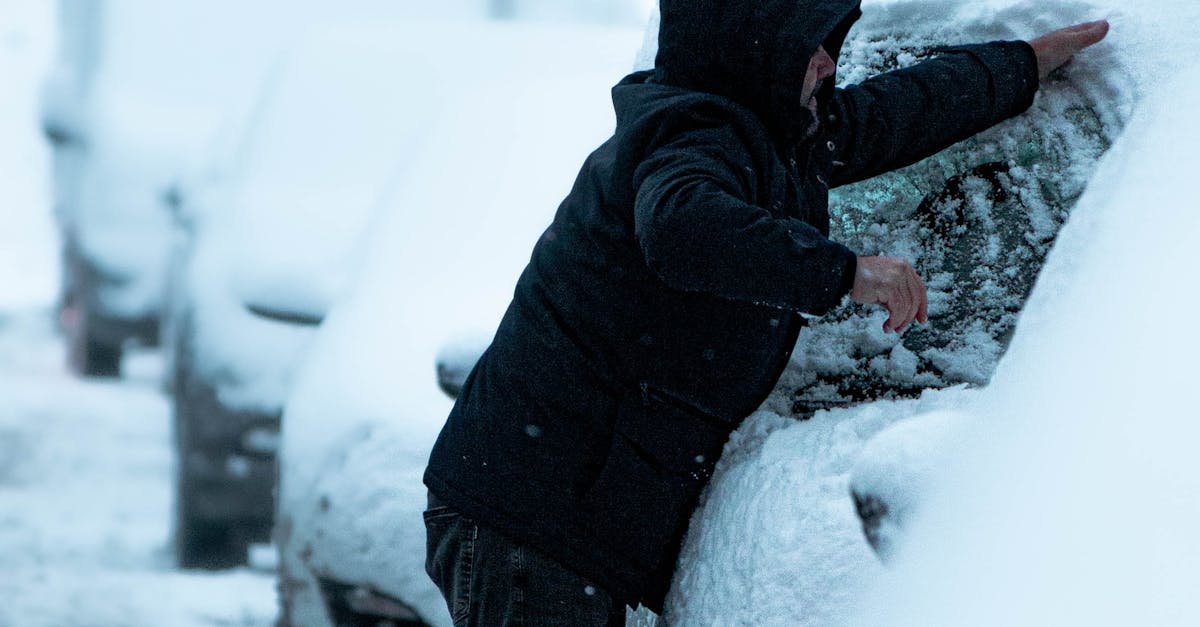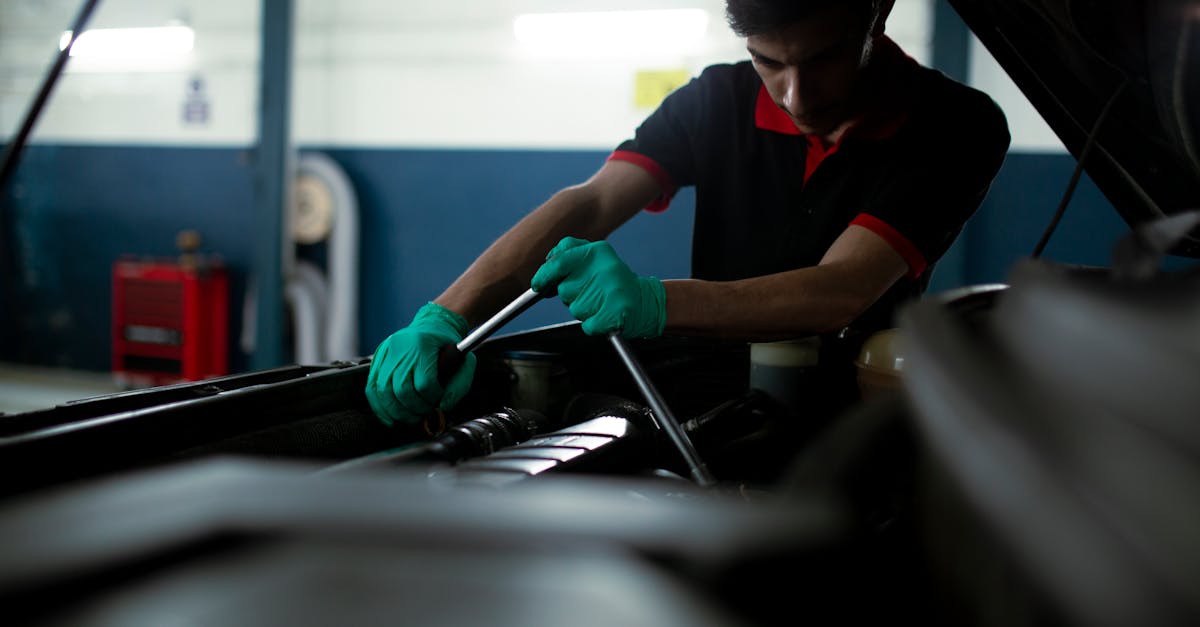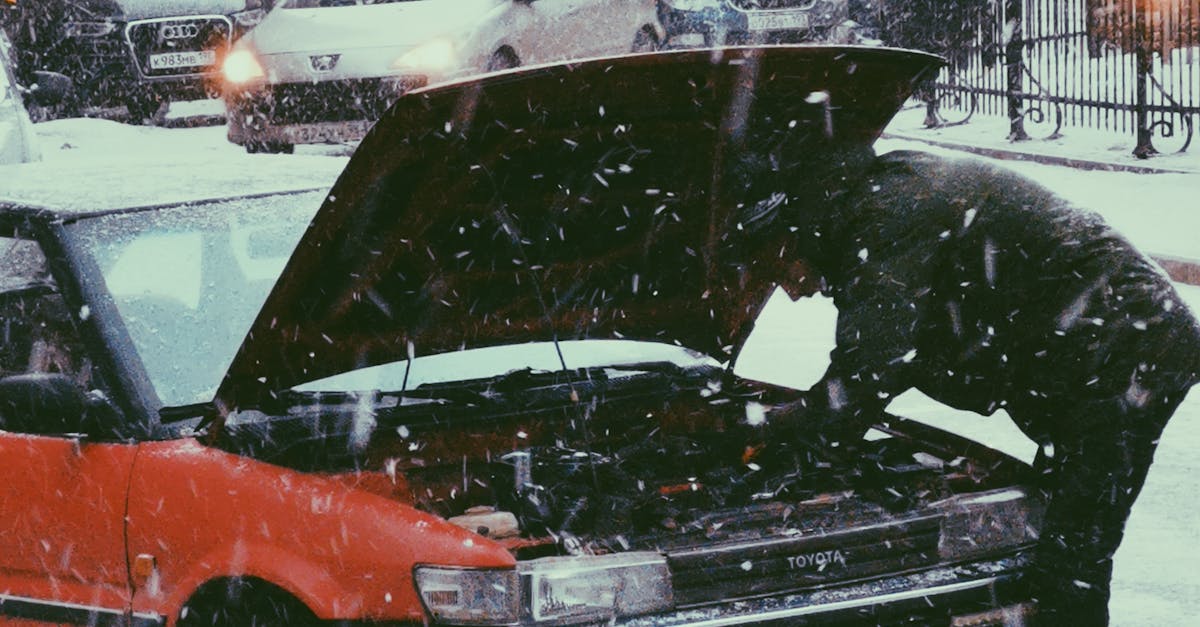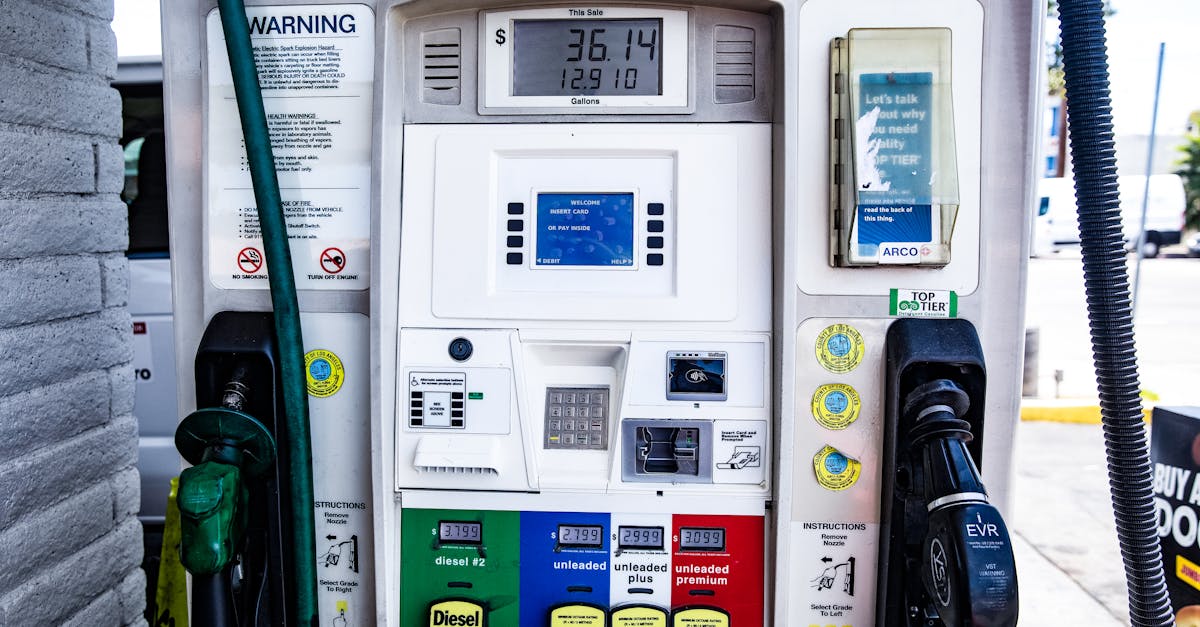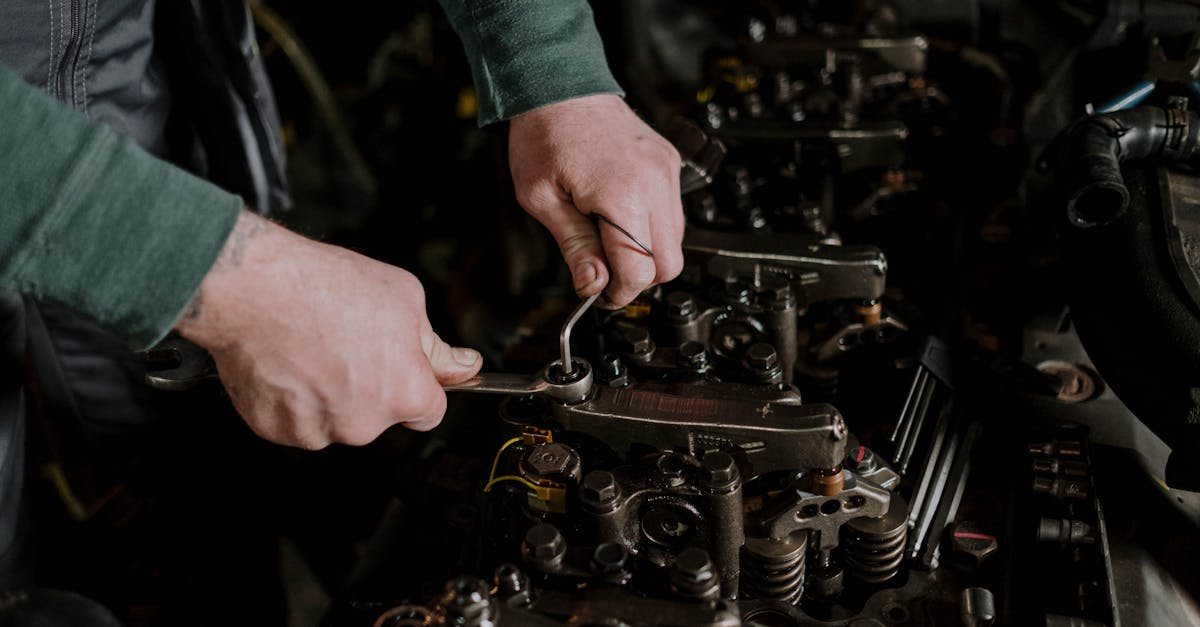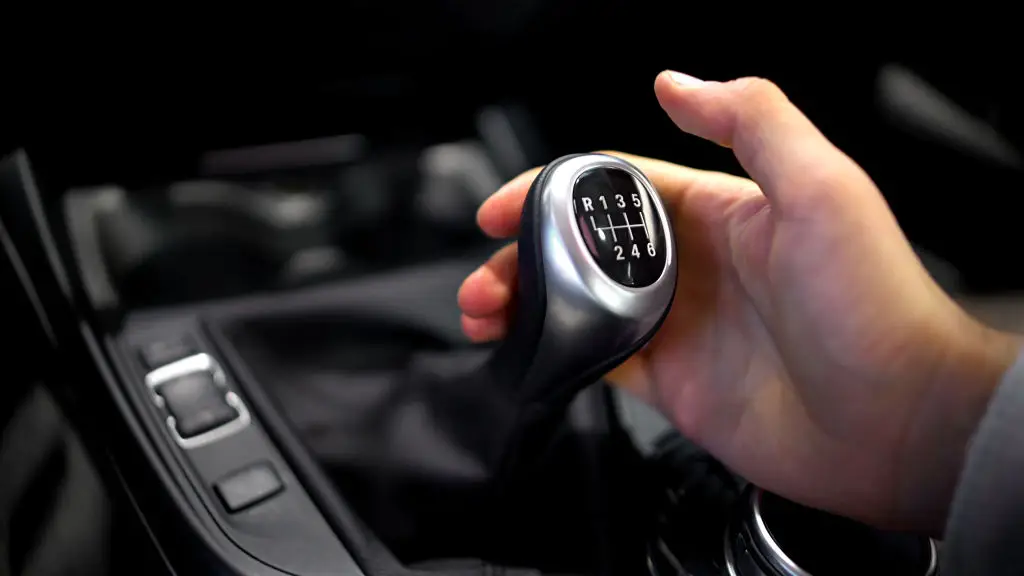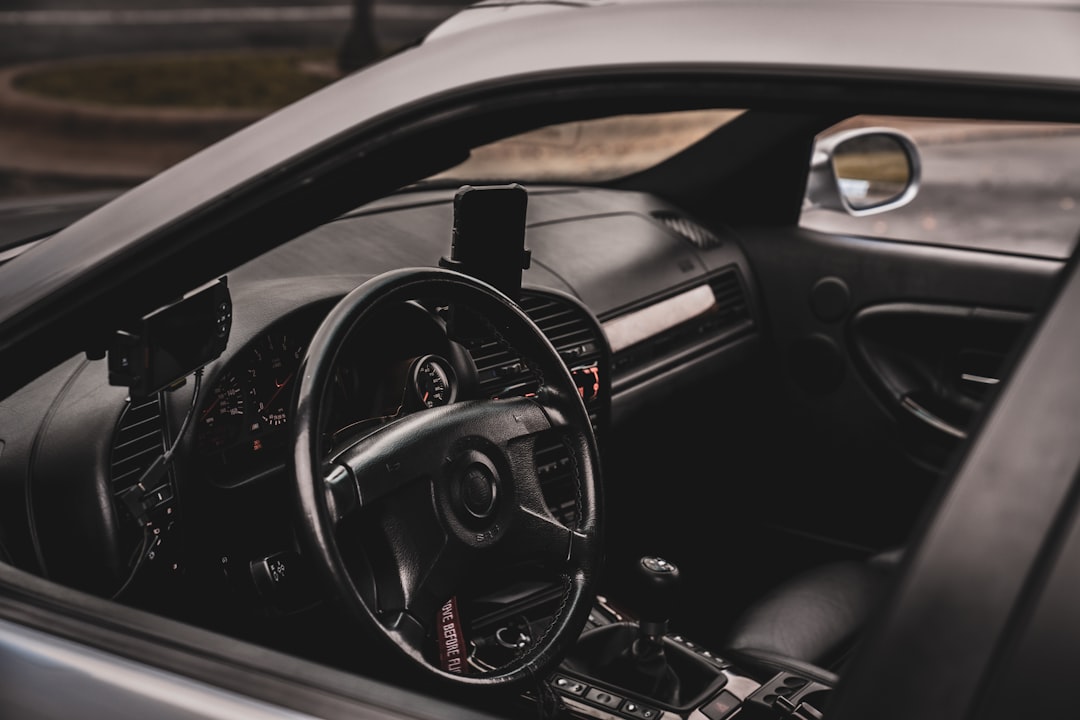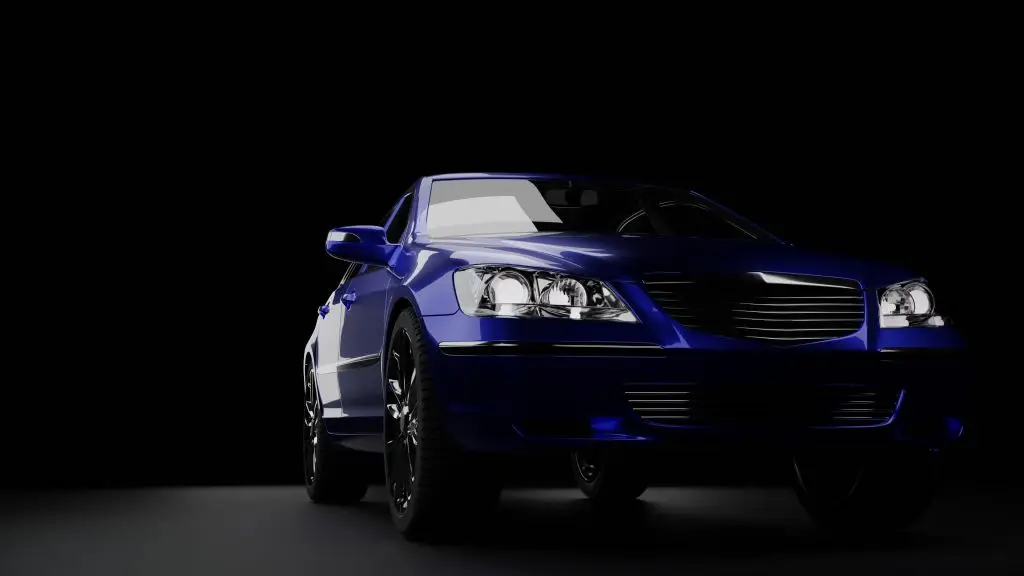5 Car Terms You Need To Know
Cars seem to have a language of their own, making them just about as confusing as a foreign language to those who have not been taught the proper slang. The average driver does not need to be a car expert to know the following terms, but they sure can enhance just about anyone’s coolness factor. They even come with a few fun moves to learn while approaching a corner or experimenting with downshifting. Just make sure no one else is around.
Drophead
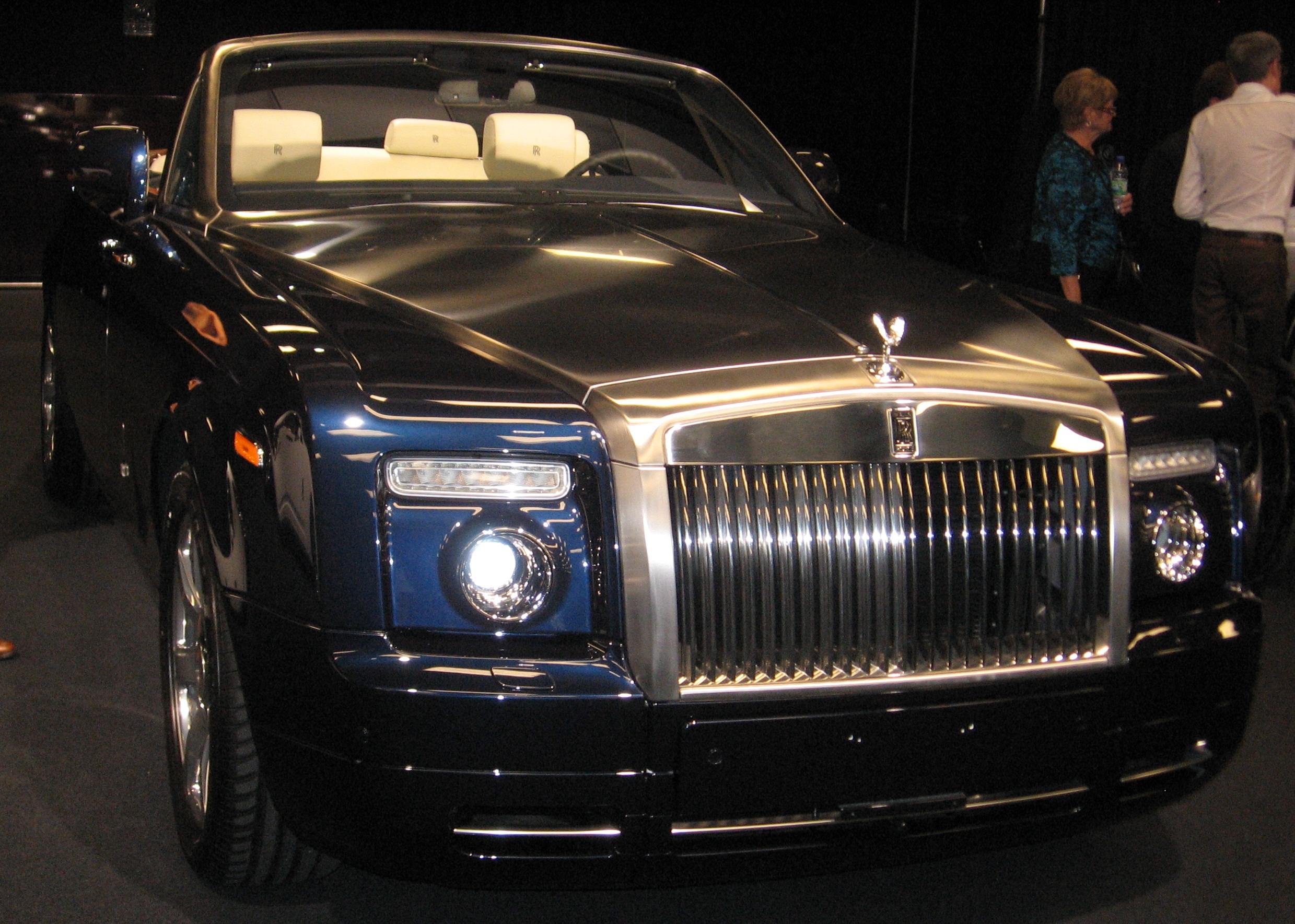
Some car slang just sounds better when spoken in a particular language. A “drophead” is the British word for a convertible. The term is commonly used by Rolls-Royce and is used to describe a sports car with four seats and two doors, a sloping rear, and a folding, soft cover top. An example of a popular drophead is the Rolls-Royce Phantom Drophead Coupe, which is a handmade British car that debuted in Detroit, Michigan at the 2007 North American International Auto Show in 2007.
Beltline
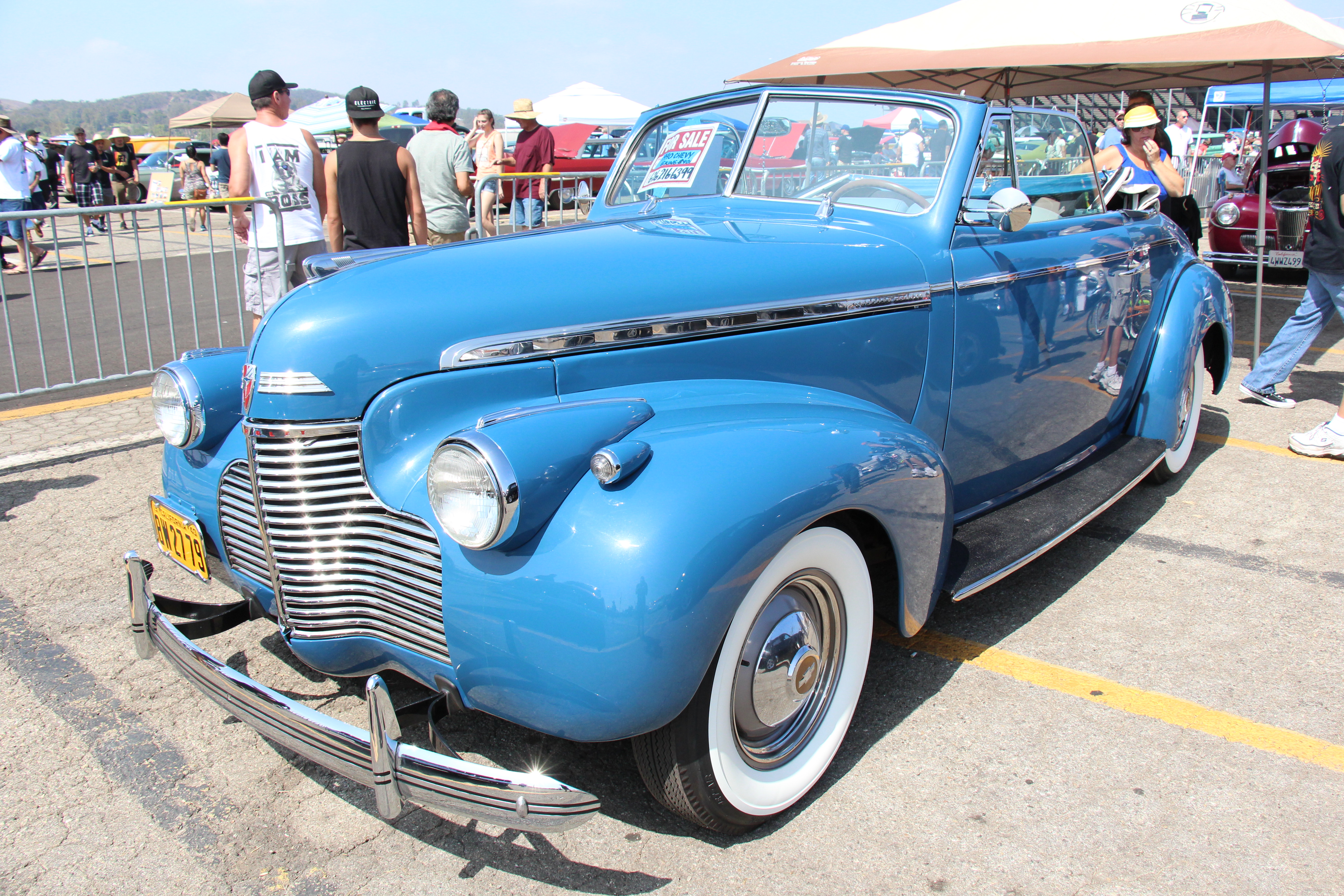
No, a beltline does not refer to a person’s waistline and it is not used to hold up one’s pants. Beltline relates to the line along the side of a car just below all the glass windows. All cars have a beltline, regardless of their body style. Each beltline is unique to the type of vehicle. Some cars are designed with an emphasis on the beltline while others display the body panel right up the lower half of the windows, making it harder to locate.
A, B, And C Pillars
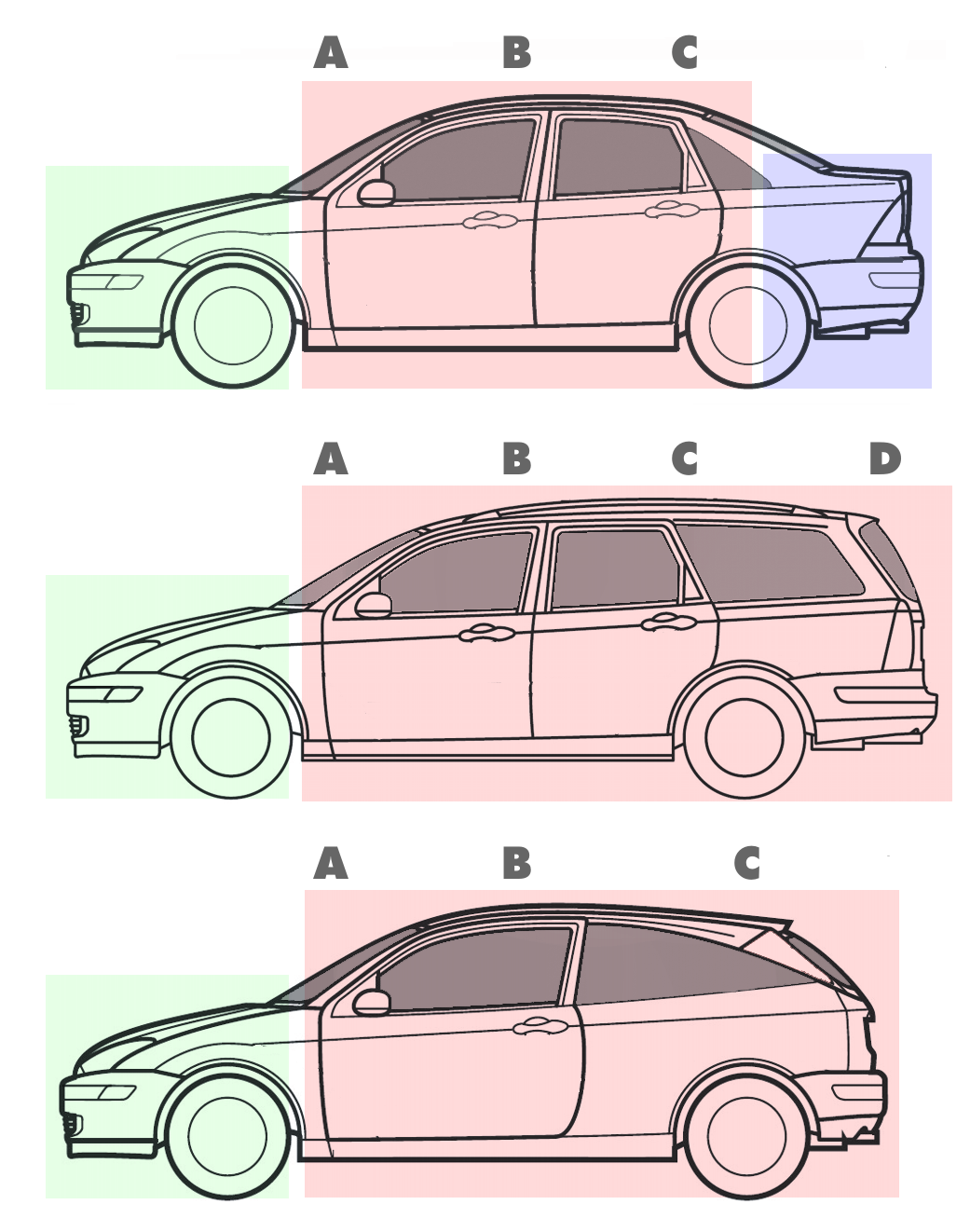
Each car has a set of pillars that are responsible for different things. The A-pillars are needed to hold either side of the windshield in place. If looking backward along the side of the car, B-pillars are located where the driver and passenger windows end. C-pillars are needed to hold up the side of the car’s back window. Pillars are designed to reduce the amount of blind spots a vehicle has so the driver can see around them. Some longer style cars also have a D pillar.
Lockup
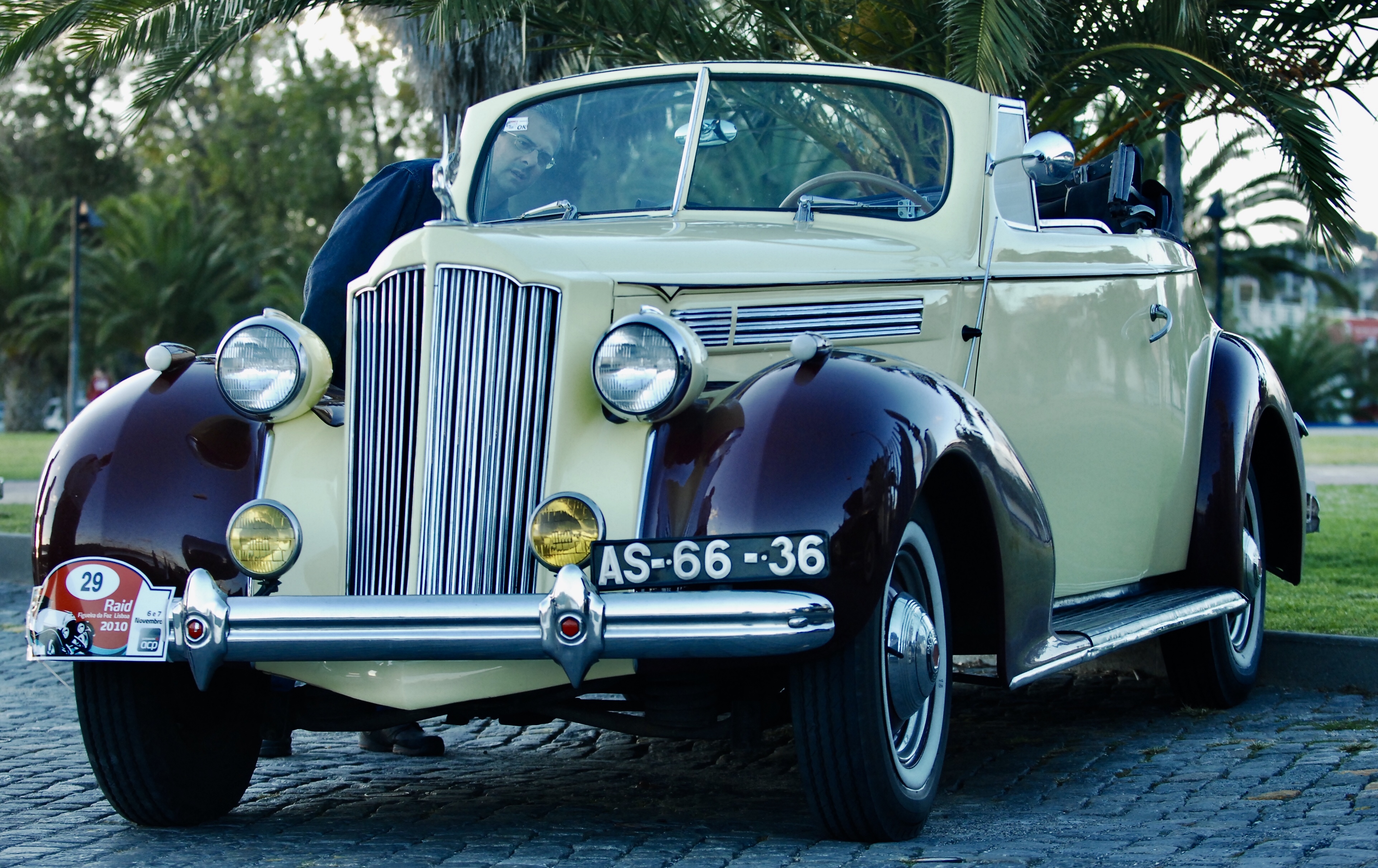
Lockup occurs when a squirrel or a deer suddenly jumps in front of a vehicle and the driver slams on the brakes, causing the tires to skid. It also occurs when the front and rear of the vehicle experience different states of braking at the same time. A car may swerve off the road into oncoming traffic, or a driver may lose control for a short amount of time. Drivers usually regain control of their vehicle when they take the foot off the brake, and the vehicle has time to recover.
Torque Steer
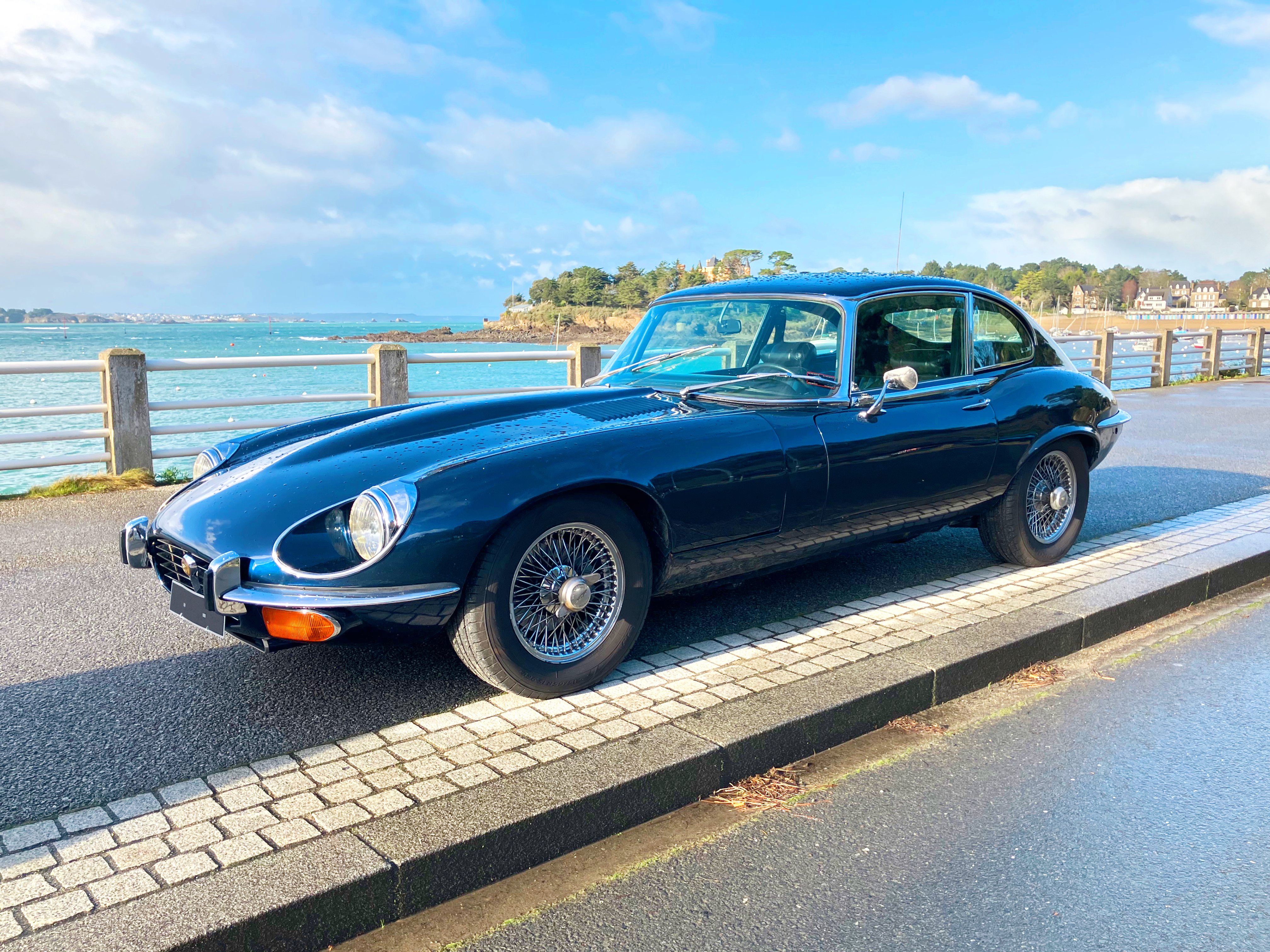
Torque steer refers to a vehicle’s tendency to pull on one side while in drive. It is most common while a driver is accelerating and occurs due to an imbalance of force to the wheels. Torque steer is most common in cars with front wheel drive; however, it can occur when there is an unequal length between the drive shafts. Vehicles with all wheel drive rarely experience torque steer as there is an equal amount of power being distributed to all wheels.
